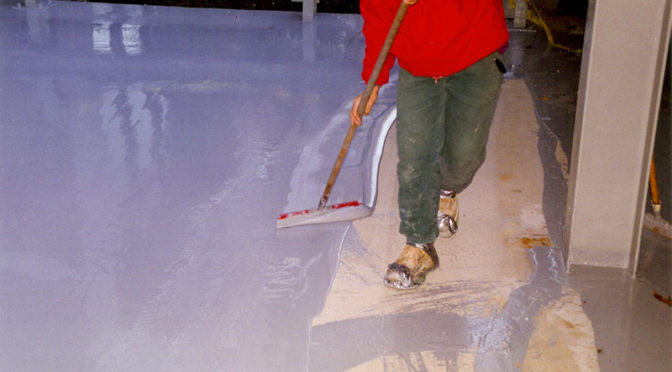
Understanding Different Types Of Concrete Waterproofing
Concrete is one of the popular building materials because of its durability and strength. The fact that it is flexible makes it a common in various building projects. Just like the majority of building materials, it is porous and requires waterproofing for adequate protection. Nowadays, there are various concrete protection products on the market. Also, there are waterproofing professionals who are experienced in concrete production. Moreover, they can advise you on the best products and system for your home.
Concrete sealers
This is a common method that is used in concret e waterproofing. Sealers can be penetrating sealers or coating sealers. The coating ones form a film over your concrete and thereby stopping water from getting to the surface. On the other hand, penetrating sealers get or seep into the concrete that protects its surface. The good thing about sealers is that they do not change the appearance of the surface. They are quite easy to apply and can be colored or clear depending on your needs. They often need to be applied routinely over time to ensure the concrete surface remains protected.
e waterproofing. Sealers can be penetrating sealers or coating sealers. The coating ones form a film over your concrete and thereby stopping water from getting to the surface. On the other hand, penetrating sealers get or seep into the concrete that protects its surface. The good thing about sealers is that they do not change the appearance of the surface. They are quite easy to apply and can be colored or clear depending on your needs. They often need to be applied routinely over time to ensure the concrete surface remains protected.
Waterproofing membranes
These membranes can either in sheet form or liquid form. They are just applied like paint, using a spray gun, roller, or brush. After the liquid is applied, it forms a membrane, which makes concrete surface waterproof. For sheet membrane, there is a special adhesive that is attached to the sheets to make the surface waterproof. You will note that membranes are very effective since they get damaged and need to be repaired.
Crystalline waterproofing
This method is used where permanent waterproofing is necessary. It involves the use of crystalline compounds that react with water and concrete. The agent installed as part of concrete, results in tiny crystals, which grow inside the concrete and fill all gaps, cracks, and pores. As the spaces in the concrete get filled, it becomes completely waterproof.
Cementitious Waterproofing
These are so me of easiest materials that can be used as far as concrete waterproofing is concerned. The effective systems do entail a mix of products, which are readily available from stores. Such products include bonding agents, water, additives, and cement-based products.
me of easiest materials that can be used as far as concrete waterproofing is concerned. The effective systems do entail a mix of products, which are readily available from stores. Such products include bonding agents, water, additives, and cement-based products.
These materials are then mixed and then applied to concrete. When they dry, the surface becomes waterproof. You can apply the mixture using a long-handled brush. The major drawback of this method is inflexibility and intolerance to any movement.
By Michiko Russell
- 24, Aug, 2018
- 0 Comments
